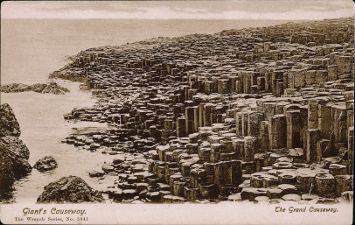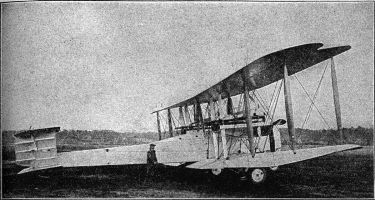Facts About Ireland
St. Patrick was not the first Christian missionary sent to Ireland. According to Prosper of Aquitaine, Pope Celestine I sent a deacon named Palladius to believers in Ireland in the year 431, a few years before Patrick went to Ireland to begin his mission. (source)
St. Patrick was not Irish. He was British, likely from modern-day Wales, and never set foot in Ireland before he was kidnapped by Irish raiders. After escaping, he became a priest and a bishop and returned to Ireland as a missionary. He was made the patron saint of Ireland due to his success in converting the Irish. (source)
A pope gave Ireland to the King of England. Pope Alexander III, wanting to eradicate Celtic Christianity in Ireland, declared Henry II of England to be the rightful Irish sovereign. This papal declaration, issued in 1172, led to the English conquest of Ireland, which took several centuries to complete, by which time England no longer followed the Pope. Not until the 20th century did the Irish regained their freedom. (source)
View more facts about:
Popes According to legend, St. Patrick drove all of the snakes out of Ireland. Actually, there were never any snakes in Ireland in the first place. (source)

Giant's Causeway
In County Antrim in Northern Ireland, near Bengore Head, is a curious geological formation consisting of a platform of basalt columns extending from the cliffs to the sea. There are around 40,000 vertical columns of basalt, up to 36 feet high and between 15 to 30 inches in diameter. Most of the columns, which form an uneven pavement extending 300 feet out into the water, are hexagonal in their cross-section. In many cases, these columns are fitted together so tightly that not even water can penetrate between them. This geological formation is referred to as the "Giant's Causeway" due to a legend that they were once part of a causeway built by giants to cross between Ireland and Scotland. (source)
The pre-Roman inhabitants of Britain or Ireland were not called "Celts" until the eighteenth century. The Romans described the inhabitants of the British Isles as Britanni. (source)
St. Patrick (circa 385–461), who in his youth had been enslaved in Ireland, was the first prominent historical figure to speak out against slavery.
Stonehenge is not the only ancient monument in the British Isles with apparent astronomical significance. For example, the New Grange (also spelled Newgrange) tomb, in County Meath in Ireland, constructed around 3,000 B.C., was constructed so that the burial chamber is perfectly illuminated by the rising sun on the winter solstice (December 21).
The phrase "Bob's your uncle" dates from 1887, when Arthur Balfour was appointed to the post of Secretary of State for Ireland by his uncle, Robert Cecil, Lord Salisbury, the incumbent prime minister of Great Britain. (source)
One of the most widely known geological curiosities near Cork, in Ireland, is a series of knobs or knots projecting from the face of a cliff. There are sixteen of these huge projections all together, all regularly set in the face of the cliff, one above the other, forming a series of such uniformity as to give it the general appearance of a stairway. Since time out of memory this unusual ascent and its projecting "steps" have been known as the Giant's Staircase. (source)
One of the earliest monorails was the Listowel & Ballybunion Railway, which spanned nine miles in County Kerry, Ireland. It ran between 1888 and 1924. Its twin-boilered locomotives and cars straddled the rail, which was supported on trestles. All loads had to be balanced. Once, when a piano was shipped it was balanced by putting a cow on the other side of the car. The cow was shipped back with two calves on the other half of the car to balance it, and the calves were returned one on each side of the car.
The flag of the United Kingdom, known as the Union Jack, contains three emblems of three countries that are the crosses of three patron saints. There is the red cross of St. George, patron saint of England, on a white ground, the white diagonal cross, or saltire, of St. Andrew, patron saint of Scotland, on a blue ground, and the red diagonal cross of St. Patrick, patron saint of Ireland, on a while ground. (source)
View more facts about:
Flags 
The first aeroplane to fly nonstop across the Atlantic Ocean.
Charles Lindbergh was not the first person to fly across the Atlantic nonstop; he was just the first to do it alone. The first nonstop flight across the Atlantic occurred on June 14–15, 1919, when Captain John Alcock and Lieutenant Arthur Whitten-Brown co-piloted a Vickers-Vimy twin-engine plane from Newfoundland to Galway, Ireland. (source)


